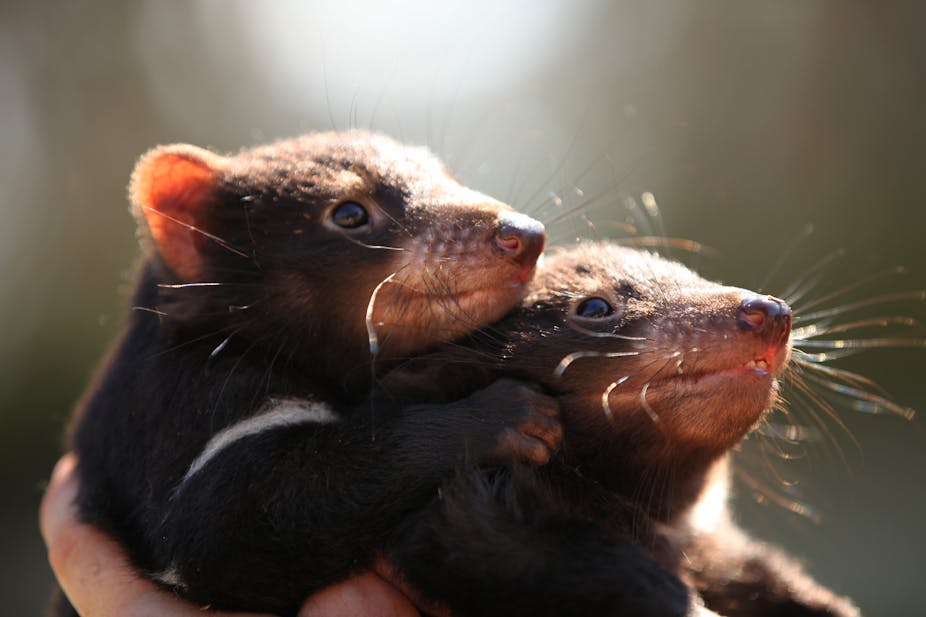European settlers were not responsible for thinning the gene pool of the Tasmanian devil, new research has found.
Tasmanian devils are currently under threat due to the spread of an aggressive facial tumour, one of only three recorded types of contagious cancer. The disease spreads so readily because genetic diversity in devils’ immune systems is low. It is passed from devil to devil through biting.

It had previously been assumed that this lack of diversity was due to population decline that occurred as a result of European settlement.
“The devil population has actually undergone a few population crashes over the past 200 years, and we thought that the crashes might have caused this low immune gene diversity,” lead author Katrina Morris said.
But the results of the study, published in Biology Letters today, came as a surprise to the researchers.
“We found what we didn’t initially expect, which is that they’ve had this low immune gene diversity for a long, long time,” she said.
Her team analysed the DNA of devil specimens from both Tasmania and the Australian mainland going back 10,000 years.
“What we found was that all the Tasmanian samples, including those that were from before European arrival, had the same immune gene diversity as modern devils.”
“This is a trend that’s been going on for hundreds if not thousands of years, and it all occurred before the arrival of Europeans in Australia.”
But another, earlier population crash may have been responsible for thinning out the gene pool.

“About 10,00 - 50,000 years ago, there was an extinction of large carnivores across the mainland of Australia, and it’s thought that this was either caused by the effect of humans, who had just arrived, or climate change that was going on,” she said.
“It’s possible that although devils survived this mass extinction, they may have had their population decreased, and due to the smaller population size, they lost genetic diversity.”
“It’s a possibility, but we can’t prove that at the moment.”
She said this research confirmed how important captive breeding programs were for conservation of Tasmanian devils.
Brandon Menzies, who has done similar work on the genetic diversity of the now-extinct Tasmanian tiger, said the results are signifcant.
“The results confirm a lack of genetic variation within a key immune gene cluster, known as MHC class I, prior to European settlement of Australia,” he said.
“The lack of diversity may have originated from population decline as a result of disease or competition from wild dogs that arrived in Australia during the Holocene period.”
“The results reinforce our need to clarify both the modern and ancient diversity of our remaining marsupial populations to make them extinction-proof for future generations.”


